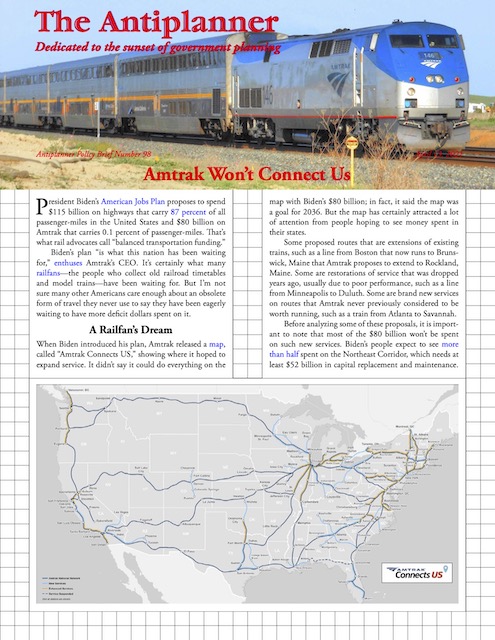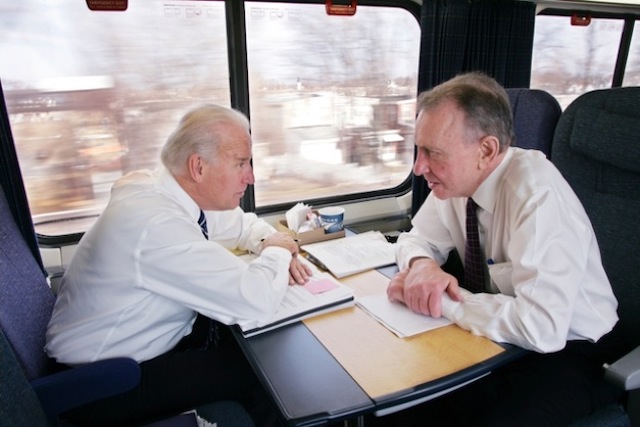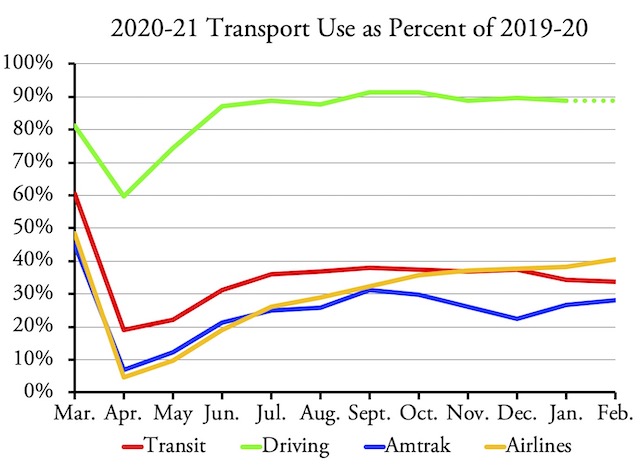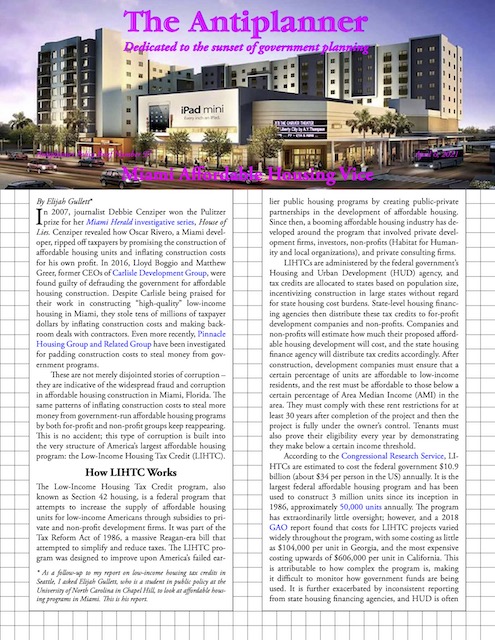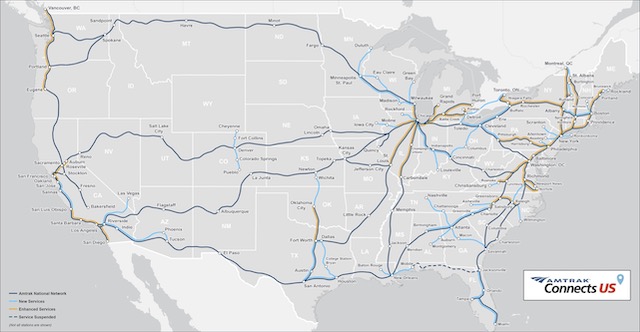Like other forms of mass transportation, the intercity bus industry is imperiled by the coronavirus pandemic. Unlike Amtrak and transit numbers, bus data are hard to come by, but the latest report from the Chaddick Institute for Metropolitan Development at DePaul University estimates that intercity bus ridership in December 2020 was down by more than 75 percent from December 2019.
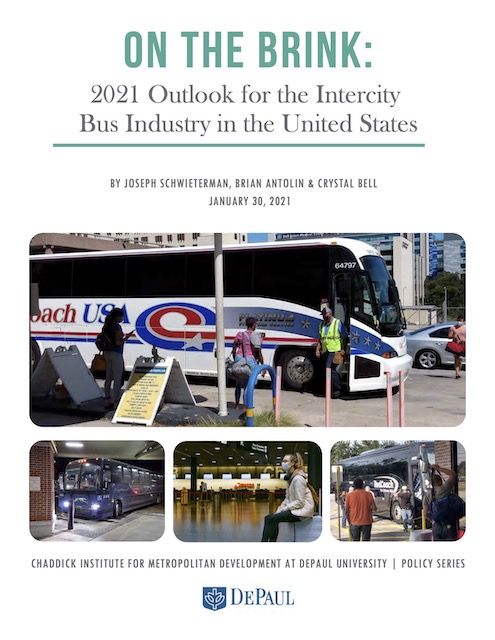 Click image to download this 2.5-megabyte, 26-page report.
Click image to download this 2.5-megabyte, 26-page report.
Intercity bus travel grew rapidly after 2006 thanks to the introduction of the Megabus model, which was infrastructure-light. Instead of maintaining expensive bus stations and ticket sales offices, Megabus sold tickets over the internet and loaded and unloaded passengers at curbsides. Megabus sometimes contracted out its operations to other companies but also owned a large fleet of its own buses. All of these savings allowed it to sell tickets for much lower prices than Greyhound, which still depended on maintaining its own bus stations. Continue reading

